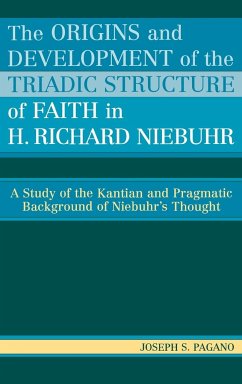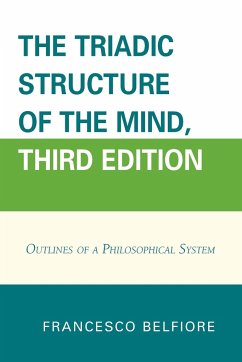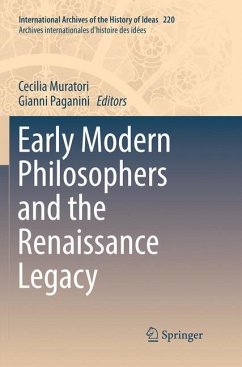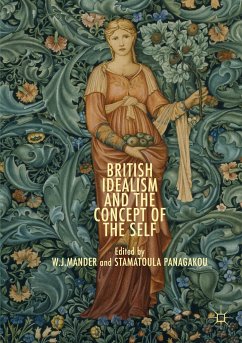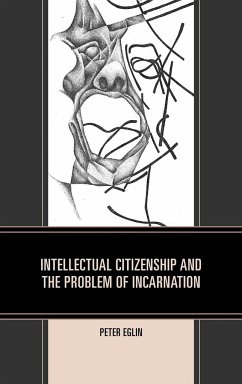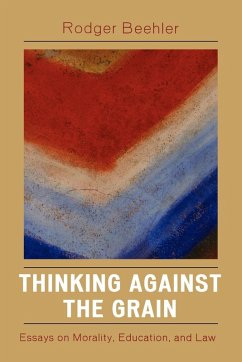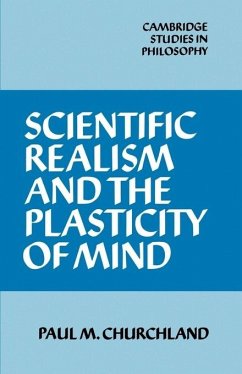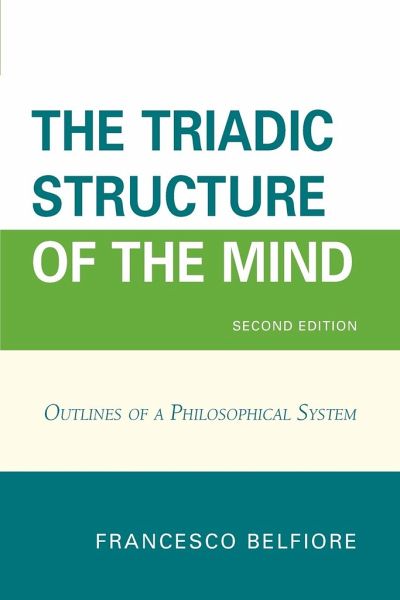
Triadic Structure of the Mind
Outlines of a Philosophical System
Versandkostenfrei!
Versandfertig in 1-2 Wochen
88,99 €
inkl. MwSt.
Weitere Ausgaben:

PAYBACK Punkte
44 °P sammeln!
The Triadic Structure of the Mind provides a philosophical system that offers fresh solutions in the fields of ontology, knowledge, ethics, and politics. The second edition includes a more extensive treatment of the topics addressed in the first edition, the introduction of new concepts, and the inclusion of additional thinkers.





